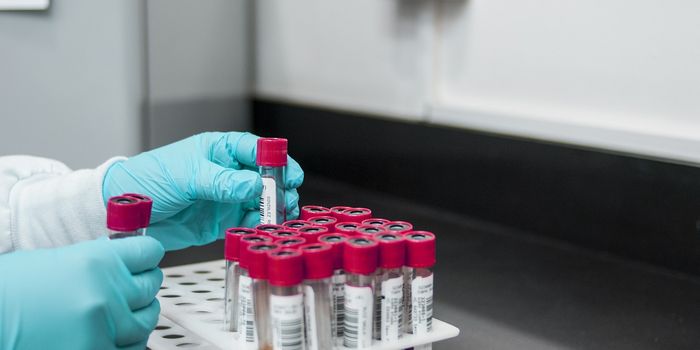Perchlorate in Drinking Water is More Dangerous Than Thought
Perchlorate can come from some natural sources like potash ore but it is also used in industry and to manufacture rocket fuel. It dissolves easily and can also be found contaminating drinking water in the United States. Researchers have now learned that perchlorate can disrupt the absorption of iodide by the body. Since iodide is an essential part of many thyroid hormones, this disruption can cause a cascade of negative impacts. The findings have been reported in Nature Structural & Molecular Biology. At the same time, the Environmental Protection Agency has announced that it will no longer be monitoring perchlorate levels in drinking water.
"The end effect of perchlorate exposure on thyroid hormones is that the transport of iodide is impaired," explained the lead study author, Dr. Nancy Carrasco, professor and chair of the Department of Molecular Physiology and Biophysics. "Much less iodide will be transported. Now that we understand exactly what perchlorate does, we can clearly see that contamination of drinking water with this chemical is more worrisome than previously thought."
The sodium/iodide symporter (NIS) is critical for iodide uptake, which is crucial for synthesizing thyroid hormones. (Iodide is oxidized to iodine, which is incorporated into the precursor of thyroid hormones). These hormones can have a huge range of effects on virtually every kind of cell in adults, and they play essential roles in development. Pregnant women need more iodine, which is relatively easy to get by consuming iodized salt. Iodine deficiency in pregnant women is a common preventable cause of mental retardation.
This research has shown that exposure to perchlorate causes a fundamental change in the way that NIS takes iodine into the thyroid, rendering it less efficient. NIS prefers to bind to perchlorate over iodide, so if perchlorate is present, NIS will select to move it into the thyroid instead of iodide. Previous work by the Carrasco lab and colleagues has indicated that NIS has a ten times greater preference for perchlorate than iodide.
Concentrations that would be considered low still interfered with iodine transport and affected thyroid hormone production. Certain groups, like pregnant women and developing infants may be especially vulnerable to the negative effects of perchlorate. Carrasco thinks that the EPA's decision may be endangering public health in the United States.
Pregnant women that are exposed to perchlorate may not produce enough thyroid hormone, since it will disrupt iodide uptake and pregnant women need so much iodine. NIS can also be found in the lactating breast, which causes breast milk to be contaminated with perchlorate, as well as reducing iodine levels in breast milk. Breastfeeding infants would then make less iodine than they should, which all leads to central nervous system problems that can be irreversible.
Researchers at the University of Delaware have recently developed a membrane that can remove perchlorate from drinking water. Learn more from the video above.
Sources: Phys.org via Vanderbilt University, Nature Structural & Molecular Biology









